News
Published 21 June 2024Academy research funds and awards 2024
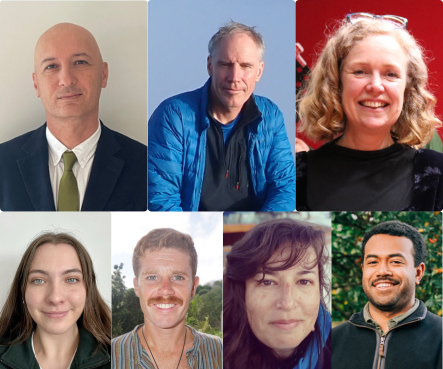
The Academy of Royal Society Te Apārangi has recently made the following research awards.
Charles Fleming Senior Scientist Award
Charles Fleming Senior Scientist Award – an annual research grant to support the research of a senior scientist in New Zealand, has been awarded to Associate Professor Yusuf Cakmak.
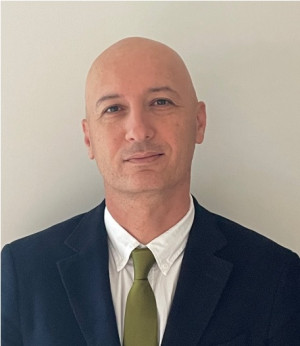
Unravelling Innervation Pathways of Human Auricula: Implications for Wearable Neuroprosthetics and Therapeutic Interventions
"This research project aims to uncover the intricate nerve connections in the muscles of the human ear and the auricular vagus nerve. By addressing a critical gap in our understanding of these neural pathways, the study has the potential to revolutionize wearable therapeutic devices for the human ear. Utilizing cutting-edge imaging techniques, A/Prof.Yusuf Ozgur Cakmak collaborates with experts from Europe to meticulously analyze human imaging data, pinpointing key areas for detailed examination. This research is particularly significant as it builds on Cakmak’s previous findings demonstrating the therapeutic benefits of auricular stimulation for neurological conditions, and could lead to new interventions for a variety of medical issues.”
Charles Fleming Publishing Award
Charles Fleming Publishing Award – an annual award to support the preparation of scientific books and relevant publications, has been awarded to Warren Chinn and Professor Elspeth Tilley.
Warren Chinn
Counting snow: The life and career of Trevor Chinn, glaciologist and adventurer
"This work traces the life and scientific career of Trevor Chinn, New Zealand’s ‘godfather’ of glaciology. During his career (1963 to 2018), Trevor worked across several earth science disciplines, but his passion was glaciology, especially in New Zealand and Antarctica. In the mid-1970s Chinn carried out the first inventory of every New Zealand glacier and went on to establish the country’s longest data set showing annual glacier-volume changes using aerial photography. Trevor’s work established New Zealand as a reliable member of the world glaciology community making the only Southern Hemisphere contribution. While the biography covers Trevor’s career, I intend to touch on historical and cultural themes within the earth sciences of early-to-mid 20 Century New Zealand, including hydrology, glaciology and climatology. Trevor had a whimsical and playful imagination that he often expressed in his many technical diagrams, testing the sobriety of journal reviewers. Nevertheless, he published over 80 scientific papers, book chapters and reports. For these works and his contribution to glaciology, Trevor received a DSc in 2007. Trevor is fondly remembered for his inclusive approach to science. He mentored post-graduate students, willingly shared data, information and ideas. In all cases, Trevor Chinn showed us that science need not be serious all the time nor elitist, but fun, thought provoking and available to all, anytime."
Professor Elspeth Tilley
"Mahi Toi: The Transformational Art of Aotearoa celebrates the power of art to address urgent social and environmental challenges. Featuring 25 leading contemporary artistic case studies across diverse genres, the book has a particular focus on the richness and innovation occurring in Māori creative activism. Through research, analysis, interviews, and photographs, Mahi Toi examines art’s capacity to promote wellbeing, inspire change, and help us navigate the complexities of our times."
Hutton Fund
Hutton Fund – Funding for research in New Zealand zoology, botany and geology has been awarded to Athena Brown and Luke Johnston.
Athena Brown
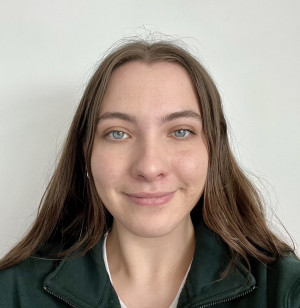
"This research is looking at the communication behaviours of humpback whales (Megaptera novaeangliae) in the South Pacific. Male humpback whales produce complex songs as part of a sexual display, and all males within a population sing the same song within a year. The different sub-populations within the South Pacific interact with each other and can influence each other by sharing their song. Typically, a song originates in the Eastern Australia population and moves eastward. This work is focusing on the songs recorded around the Cook Islands and French Polynesia from 2009 to present, seeing how the songs recorded in these locations change over time, where sources of influence may be coming from, and if the expected pattern of song coming across from the west continues."
Luke Johnston
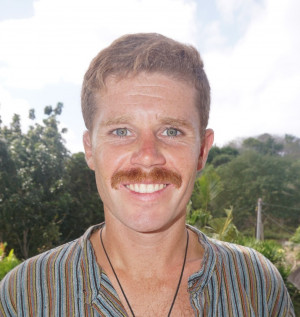
"Dredging and over-exploitation during the 1960s-1970s rendered the majority of wild green-lipped mussel reefs locally extinct within the Marlborough Sounds and these important ecosystem builders have not returned. Recently, efforts to restore mussels in Pelorus Sound through the transplantation of adult mussels have shown promising results with good mussel survival and biodiversity. However, to date no recruitment of juvenile mussels into these restored reefs has yet been observed, a factor critical in ensuring the long-term sustainability of the reefs. My PhD research focuses on addressing this gap in knowledge. For example, why are juvenile mussels not recruiting into the restored reefs and what methods can we use to facilitate recruitment? Green-lipped mussels have a complex life-cycle, part of which includes settlement onto substrates such as seaweeds prior to moving into the adult mussel reefs. A lack of such substrate may be causing the recruitment bottleneck therefore for my initial experiment, I am looking to provide substrate in and around the reefs to determine if this method can facilitate recruitment. I will trial the use of coir rope (biodegradable, coconut fibre rope) attached to the subtidal seabed and suspended above the reefs, mimicking larger seaweeds. This coir rope and the restored reefs below will be sampled at multiple time points to assess presence and quantities of juvenile mussels in comparison with areas of reef where no substrate is provided. This research has the potential to provide a novel restoration method and will further our understanding around recruitment and local migration of juvenile green-lipped mussels that will lead into further research for restoration of this taonga species."
Skinner Fund
Skinner Fund – Funding for research in the study of the history, art, culture, physical and social anthropology of Māori and Polynesian peoples has been awarded to Jacinta Beckwith and Pio Manoa.
Jacinta Beckwith
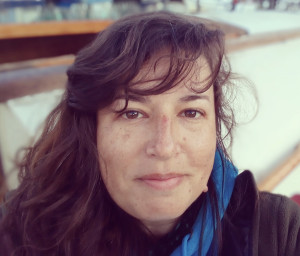
He waka tipua, he waka atua, te waka Tākitimu e! Understanding Kaupapa Māori archaeology for the health and well-being of Māori coastal communities in the wake of the changing climate
"This research project explores how Kaupapa Māori archaeology supports the health and wellbeing of Māori coastal communities in the wake of a changing climate. Led by whakapapa (genealogy) and centred with mātauraka-a-iwi (Māori knowledge within tribal contexts), the study weaves together cultural and spatial knowledge of coastal landscapes and seascapes. Kaupapa Māori archaeology, archaeology from a Māori worldview, offers ways to connect deeply with our tīpuna (ancestors), whenua (land) and moana (sea), affirming connection to land and ocean, identity and mātauraka (Māori knowledge), critical elements of an holistic approach to Māori health and wellbeing. Goals of this research are to understand a Kaupapa Māori approach of archaeological discourse and practice that prioritises the health and wellbeing of Māori coastal communities; to analyse ways archaeology contributes to environmental and cultural preservation and restoration that prioritises mātauraka Māori, and to reconnect with our tīpuna through stories of Tākitimu, as acknowledgement of and contribution towards the inspirational Indigenous scholarship, research and practice before me and that continues through new generations of Indigenous archaeologists. Mauri ora!"
Pio Manoa
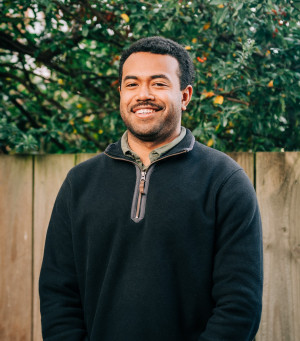
Exploring the Ancient Fijian Past: A View from Southeast Vanua Levu
"This research seeks to enhance our knowledge on the history of human settlement and long-term cultural change on the markedly understudied island of Vanua Levu, Fiji, from the perspective of an indigenous Fijian archaeologist. Vanua Levu is Fiji’s second largest island, and its approximately 3000-year-old history has largely been unexplored by archaeologists, with only one comprehensive excavation on the island. An archaeological field investigation will be employed in the southeast region of Vanua Levu, where previous surveys have identified an abundance of archaeological sites that fall within the entire span of human history in Fiji. Through fieldwork and specialised analyses of artefactual and material remains, this research will delve deeper into the physical heritage that can inform us about the first human settlement of Vanua Levu, early connections with Island Melanesia and western Polynesia, and the subsequent development of Fijian culture and society. As an indigenous Fijian hailing from the focal region, this project affords an invaluable opportunity to synergise the tangible cultural heritage with intangible indigenous histories and worldviews. ‘Indigenising’ this research will add to the depth and richness of indigenous Fijian culture and history and ensures a more culturally grounded approach to the archaeological study of the Fijian past. "
